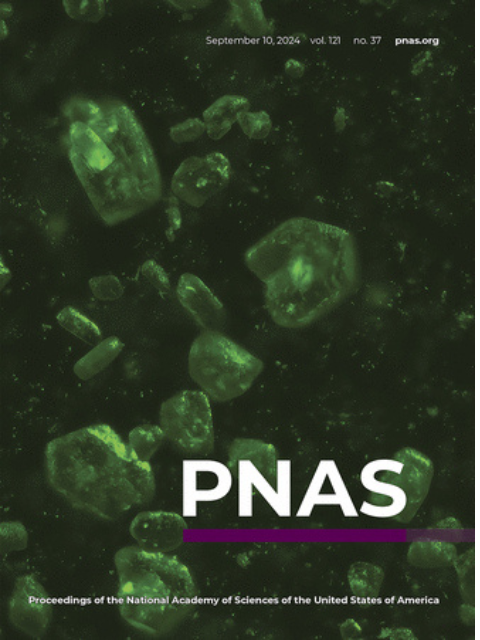
Gold nanorod–assisted theranostic solution for nonvisible residual disease in bladder cancer
Authors
Paolo Armanetti, Irene Locatelli, Chiara Venegoni, Elisa Alchera, Beatrice Campanella, Filippo Pederzoli, Mirko Maturi, Erica Locatelli, Silvia Tortorella, Flavio Curnis, Angelo Corti, Roberta Lucianò, Massimo Onor, Francesca Sanvito, Andrea Salonia, Francesco, Montorsi, Marco Moschini, Viktor Popov, Jithin Jose, Mauro Comes Franchini, Ean H Ooi, Luca Menichetti, Massimo Alfano.
Published in PNAS, 5 September 2024.
Abstract
Residual nonvisible bladder cancer after proper treatment caused by technological and therapeutic limitations is responsible for tumor relapse and progression. This study aimed to demonstrate the feasibility of a solution for simultaneous detection and treatment of bladder cancer lesions smaller than one millimeter. The α5β1 integrin was identified as a specific marker in 81% of human high-grade nonmuscle invasive bladder cancers and used as a target for the delivery of targeted gold nanorods (GNRs). In a preclinical model of orthotopic bladder cancer expressing the α5β1 integrin, the photoacoustic imaging of targeted GNRs visualized lesions smaller than one millimeter, and their irradiation with continuous laser was used to induce GNR-assisted hyperthermia. Necrosis of the tumor mass, improved survival, and computational modeling were applied to demonstrate the efficacy and safety of this solution.
Our study highlights the potential of the GNR-assisted theranostic strategy as a complementary solution in clinical practice to reduce the risk of nonvisible residual bladder cancer after current treatment. Further validation through clinical studies will support the findings of the present study.


